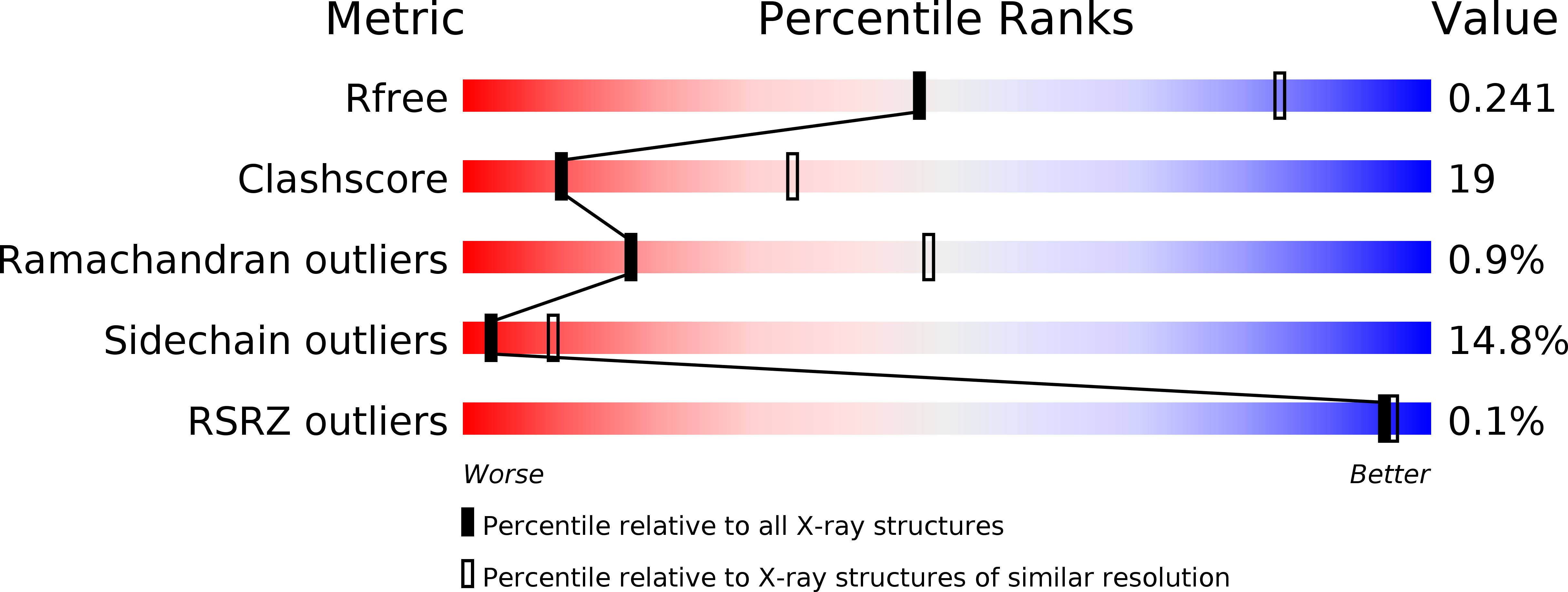
Deposition Date
1999-05-02
Release Date
1999-08-25
Last Version Date
2023-08-16
Method Details:
Experimental Method:
Resolution:
2.90 Å
R-Value Free:
0.25
R-Value Work:
0.20
Space Group:
P 21 21 21


